
The exigency of the Anthropocene compels a fundamental reassessment of design paradigms. Traditional anthropocentric approaches, which prioritize human needs often to the detriment of ecological integrity, have precipitated a confluence of environmental crises. This discourse will explore the concept of Ecological Intelligence, a framework that necessitates a departure from human-centered design, advocating for a holistic integration of ecological principles. Drawing upon insights from an Ecological Intelligence seminar, this analysis will critically examine the evolution of ecological design, the complexities of multispecies cohabitation, and the imperative for integrated climate adaptation and mitigation strategies.
The Maturation of Ecological Design: From Environmental Sensitivity to Systemic Integration
The evolution of ecological design reflects a progressive deepening of our understanding of ecological systems. Early iterations, characterized by terms such as “green design” and “eco-design,” often focused on mitigating the negative impacts of development through technological interventions. However, the ascendance of “new ecology” in the latter part of the 20th century engendered a paradigm shift. This perspective challenged the conception of nature as a static, homeostatic entity, emphasizing its inherent dynamism and non-equilibrium states. Consequently, contemporary ecological design necessitates a systemic approach, acknowledging the intricate web of interdependencies between human and non-human systems.
Principles of Bio Design: A Framework for Ecological Integrity
Andréen and Goidea (2022) articulate several foundational principles of biological design that offer valuable guidance for ecological design practices.
- Diversity, Complexity, and Specificity: Ecological resilience is contingent upon diversity. This principle underscores the importance of material heterogeneity in construction and morphological complexity in design to enhance performance while minimizing environmental impact. Furthermore, specificity dictates the necessity of context-sensitive design solutions that acknowledge the unique ecological characteristics of a given site.
- Durability Through Resilience: In contrast to a conventional emphasis on structural rigidity, ecological design prioritizes resilience, the capacity of systems to adapt and recover from perturbation. This principle advocates for the utilization of materials and design strategies that can accommodate environmental fluctuations.
- Feedback and Adaptation: Ecological systems are characterized by dynamic feedback loops and adaptive processes. Similarly, ecological design should incorporate mechanisms for monitoring, evaluation, and iterative refinement to ensure long-term efficacy and responsiveness to changing conditions.
Multispecies Design: Reconciling Anthropocentric and Ecocentric Perspectives
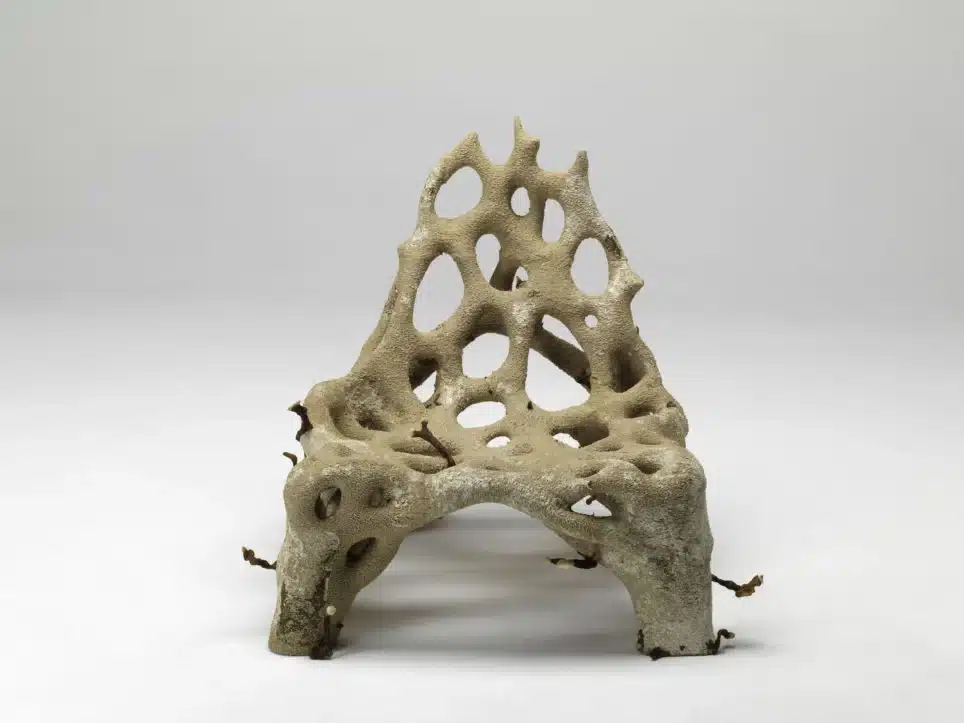

The concept of multispecies design represents a critical departure from anthropocentrism, challenging the long-held assumption that the built environment is exclusively the domain of Homo sapiens.
- Deconstructing the Human-Nature Dichotomy: Urbanization has historically resulted in habitat fragmentation, disrupted ecological processes, and a general alienation of humans from the natural world. Multispecies design seeks to redress this imbalance by fostering ecological integration within the built environment.
- Expanding the Design Brief: Implementing multispecies design necessitates a broadening of the design brief to incorporate the needs and requirements of diverse species. Grobman et al. (2023) emphasize the importance of considering the building scale in multispecies design, advocating for the integration of habitats and ecological corridors into architectural structures.
- Epistemological Challenges: A central challenge in multispecies design lies in the inherent limitations of human knowledge regarding the perceptual worlds and ecological requirements of other species. Addressing this challenge requires interdisciplinary collaboration with ecologists and biologists, as well as a commitment to ongoing observation and adaptive management.
Urban Greening and Nature-Based Solutions: Strategies for Urban Ecological Resilience
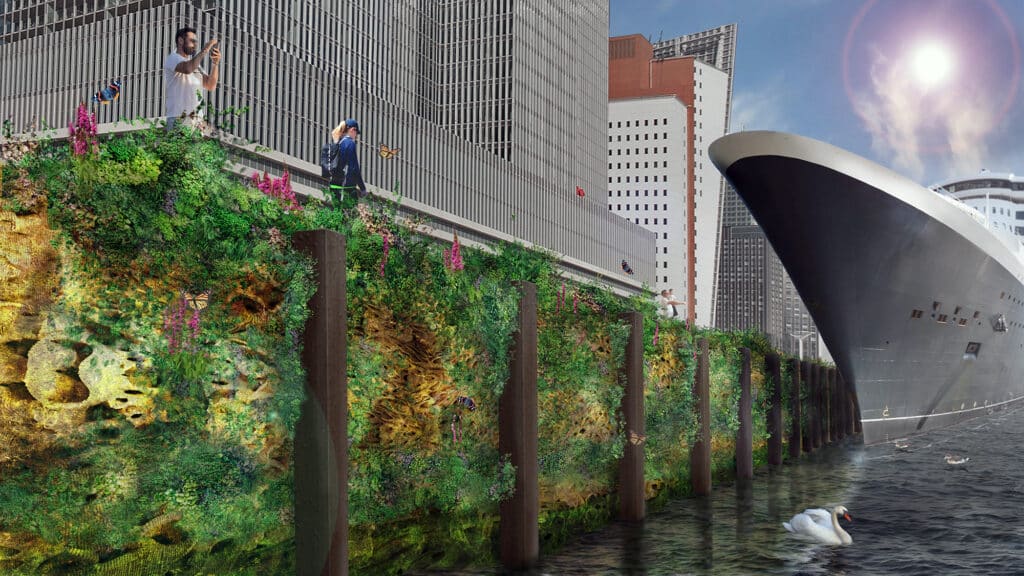
Urban greening and nature-based solutions (NBS) represent a suite of strategies for enhancing the ecological resilience of urban environments.
- Multifunctionality of Green Infrastructure: The integration of green roofs, urban parks, and street trees offers a multiplicity of benefits, including stormwater management, heat mitigation, carbon sequestration, and biodiversity enhancement.
- Scaling Up Implementation: While the efficacy of small-scale NBS has been demonstrated, scaling up their implementation to achieve systemic change remains a significant challenge. Cortinovis et al. (2022) highlight the importance of policy frameworks and strategic planning for the widespread adoption of NBS.
Climate Adaptation and Mitigation: Towards Integrated Strategies
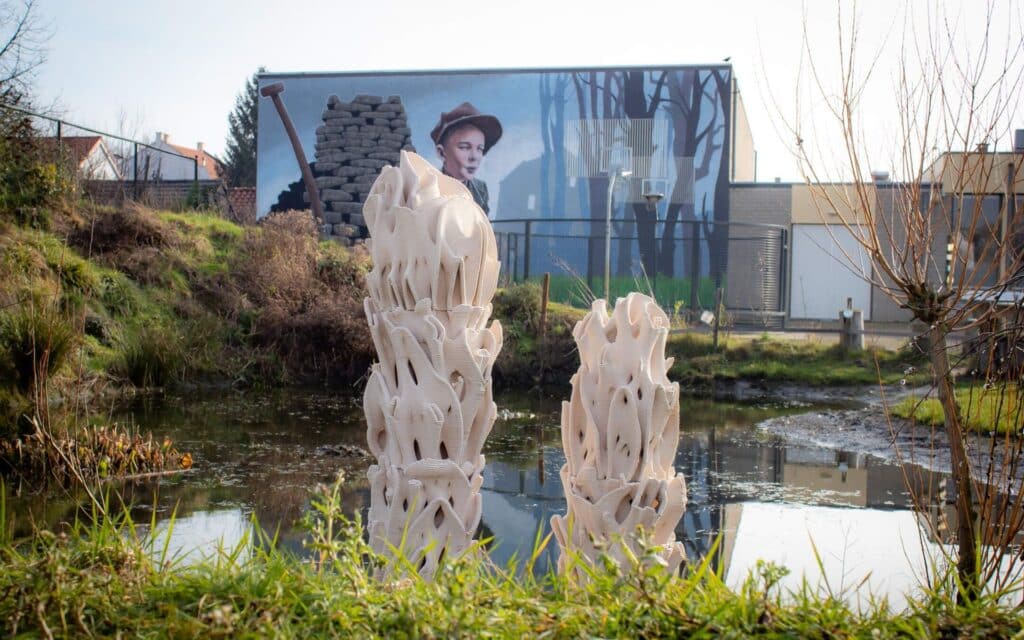
Addressing the climate crisis requires the concurrent implementation of climate adaptation and mitigation strategies.
- The Synergistic Potential: Historically, climate adaptation and mitigation have been pursued as discrete policy objectives, resulting in suboptimal outcomes. Grafakos et al. (2019) underscore the importance of integrated approaches that capitalize on the synergies between these two strategies.
- Adaptation as Ecological Enhancement: Climate adaptation should not be construed solely as a defensive strategy. Projects such as the Kokkedal Climate Adaptation demonstrate how adaptation measures can simultaneously enhance ecological function and improve the quality of urban life.
Biodesign and Biotech: Emerging Frontiers and Ethical Considerations



Biodesign and biotechnology represent nascent fields with the potential to revolutionize architectural practice.
- Harnessing Biological Processes: These fields explore the utilization of living organisms and biological processes to create novel materials and construction techniques.
- Ethical Scrutiny: The application of biodesign and biotechnology in architecture necessitates rigorous ethical scrutiny to address concerns related to bioexploitation and the responsible stewardship of living systems.
Vernacular Architecture: Lessons in Ecological Adaptation
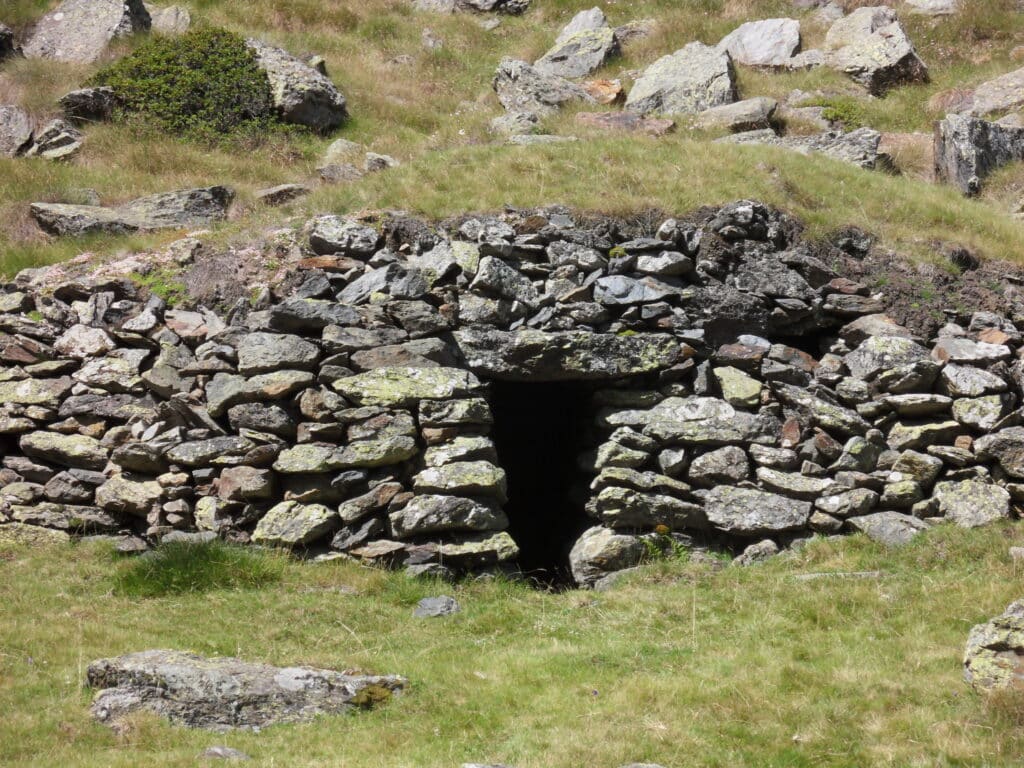
Vernacular architecture, characterized by its adaptation to local climatic conditions and utilization of indigenous materials, offers valuable precedents for contemporary ecological design.
- Principles of Climatic Design: Vernacular building traditions often demonstrate sophisticated strategies for passive cooling, natural ventilation, and resource efficiency.
- Neo-Vernacular Synthesis: The integration of vernacular principles with contemporary design and fabrication technologies presents opportunities for creating buildings that are both ecologically responsive and culturally resonant.
Conclusion: Towards an Ecologically Intelligent Anthropocene
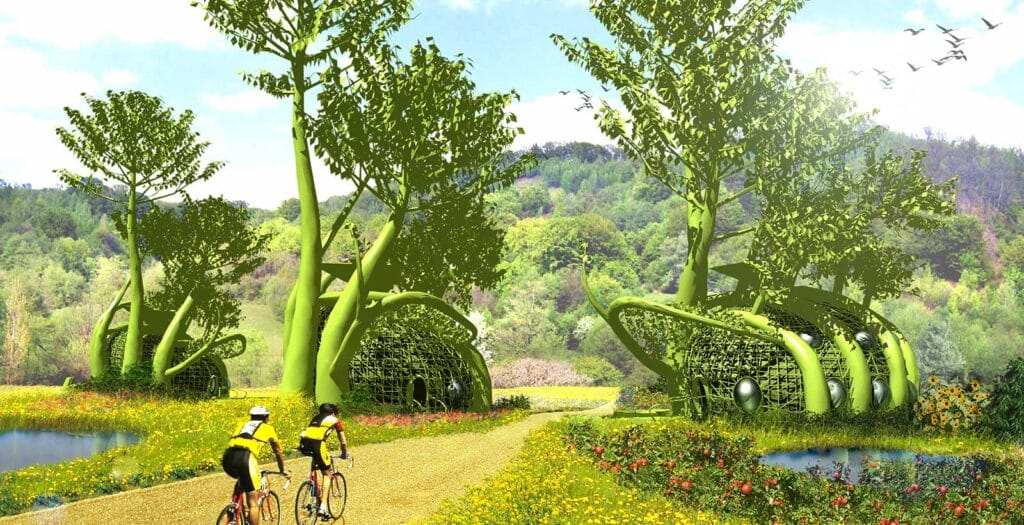
The transition towards an ecologically sustainable future necessitates the cultivation of Ecological Intelligence, a paradigm that transcends anthropocentrism and embraces a holistic understanding of the interconnectedness of ecological and social systems. The insights garnered from the Ecological Intelligence seminar underscore the transformative potential of ecological design, multispecies design, nature-based solutions, and biodesign in shaping a more resilient and equitable Anthropocene.

